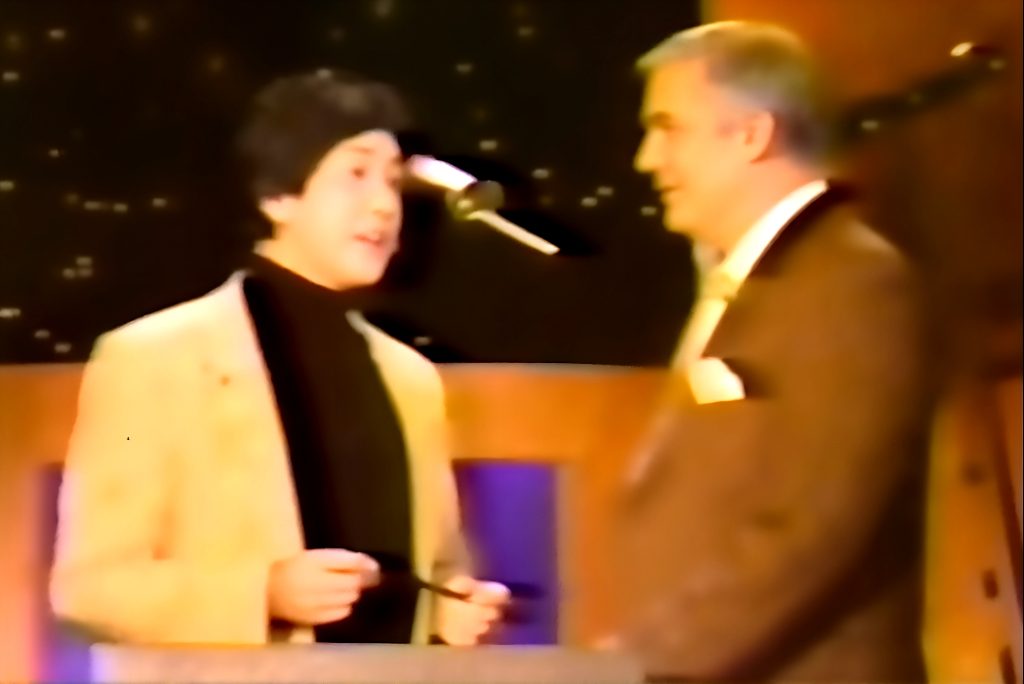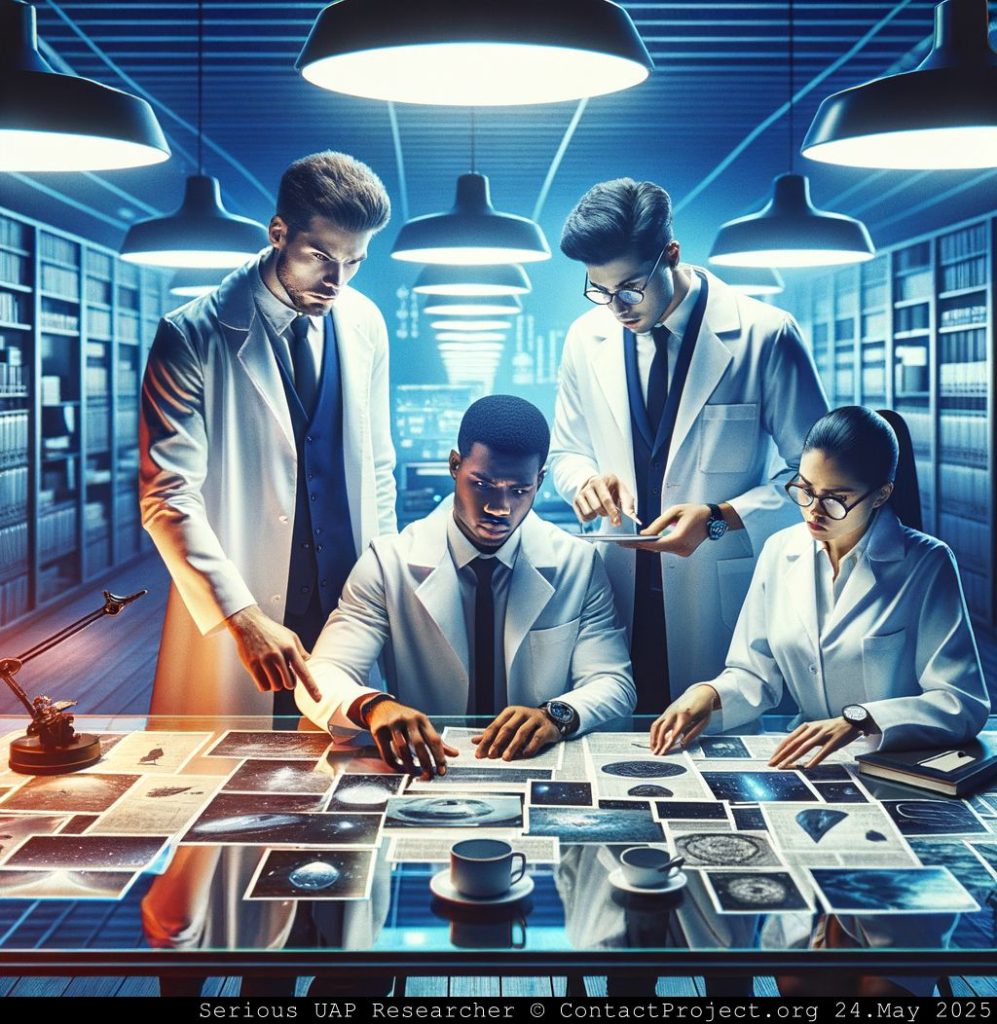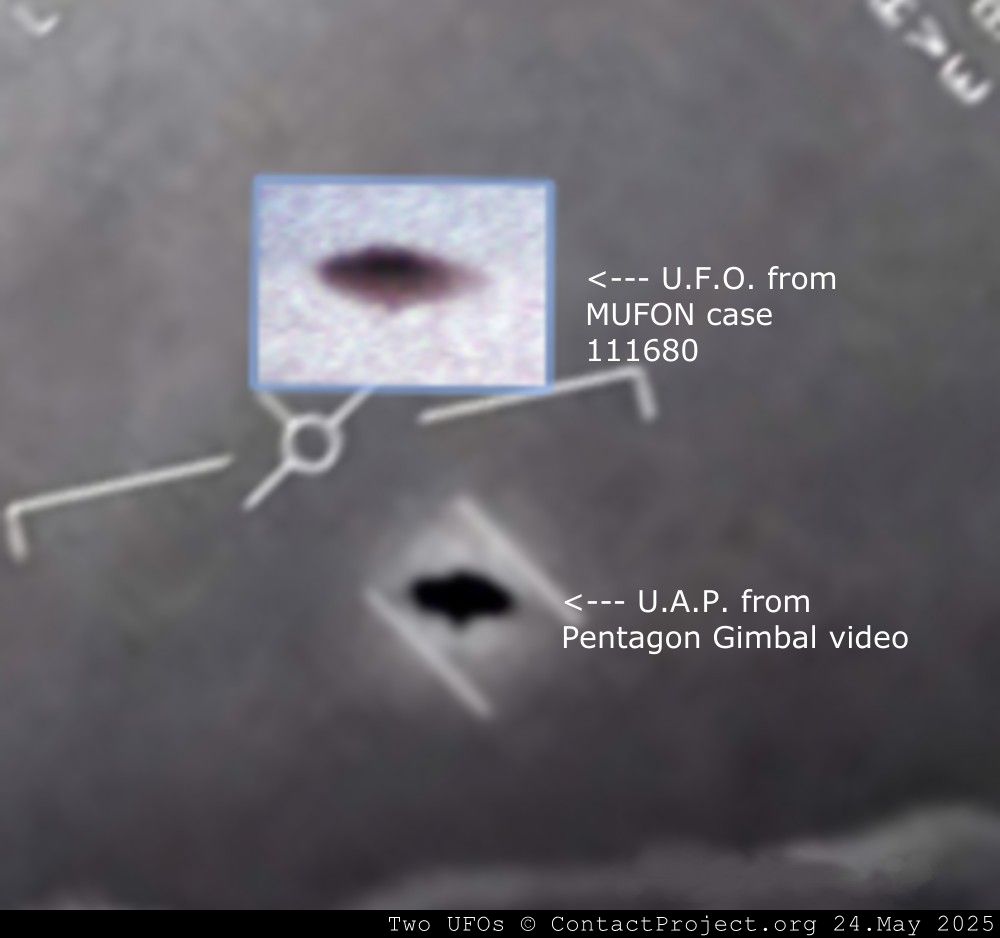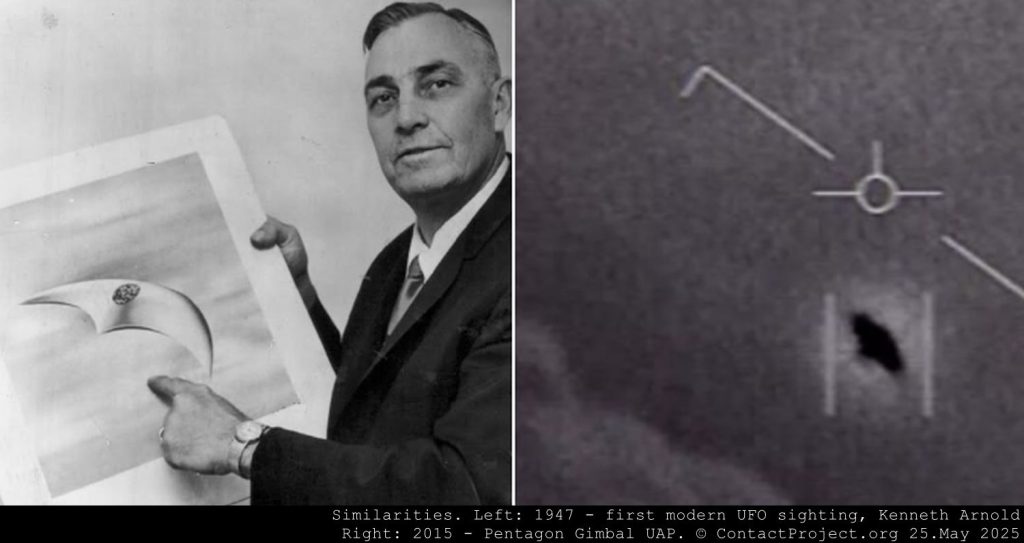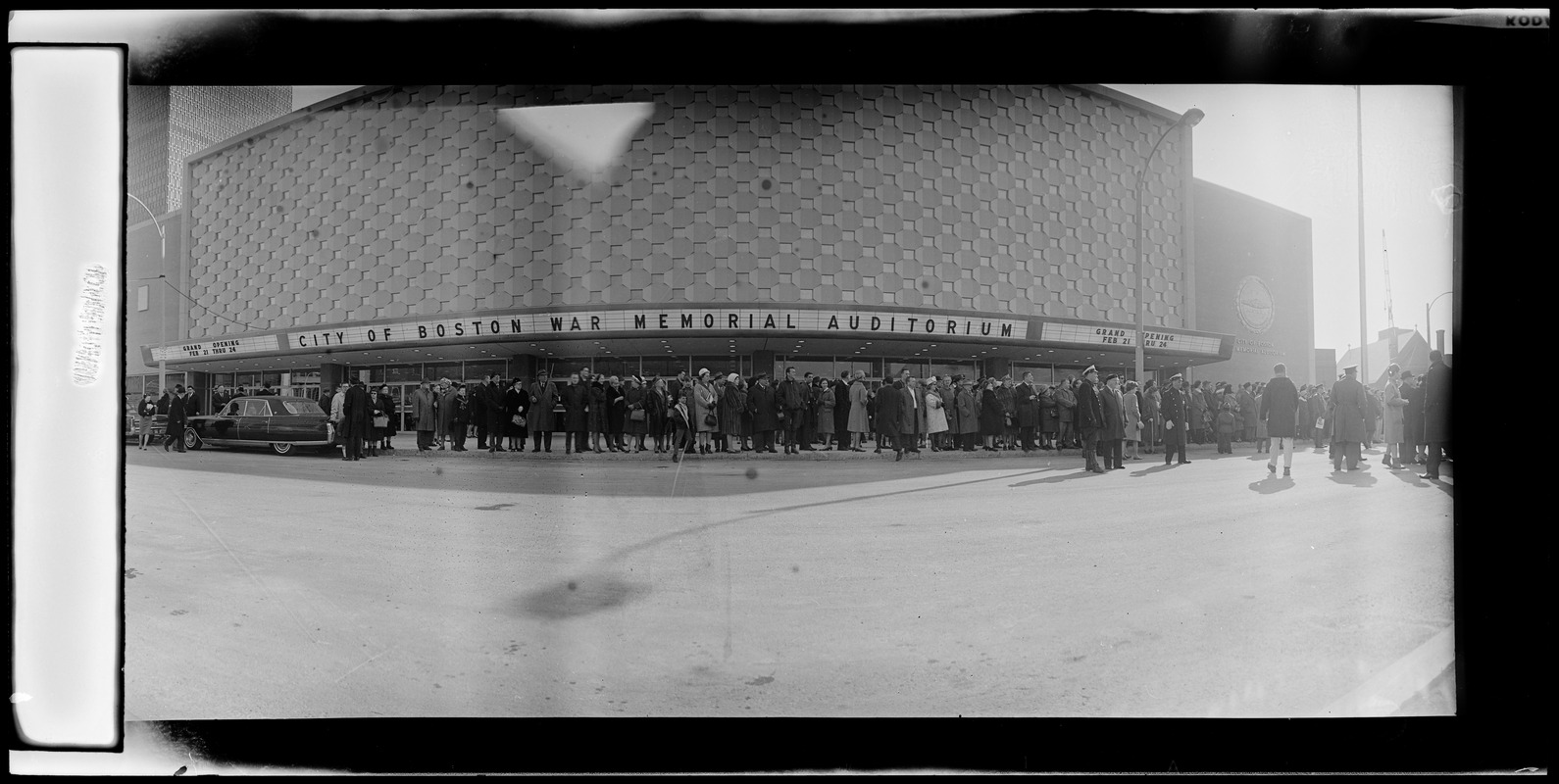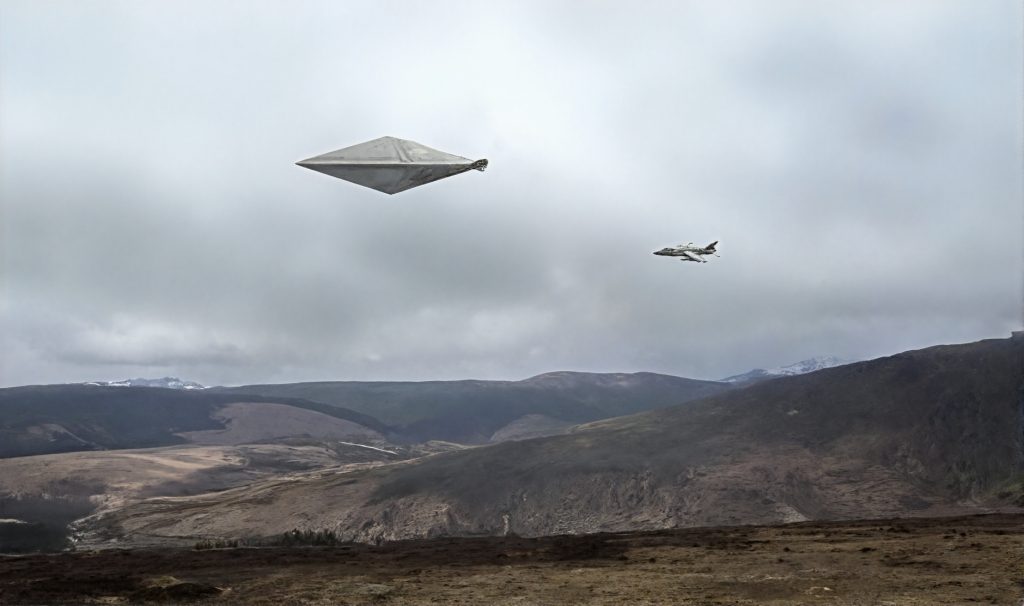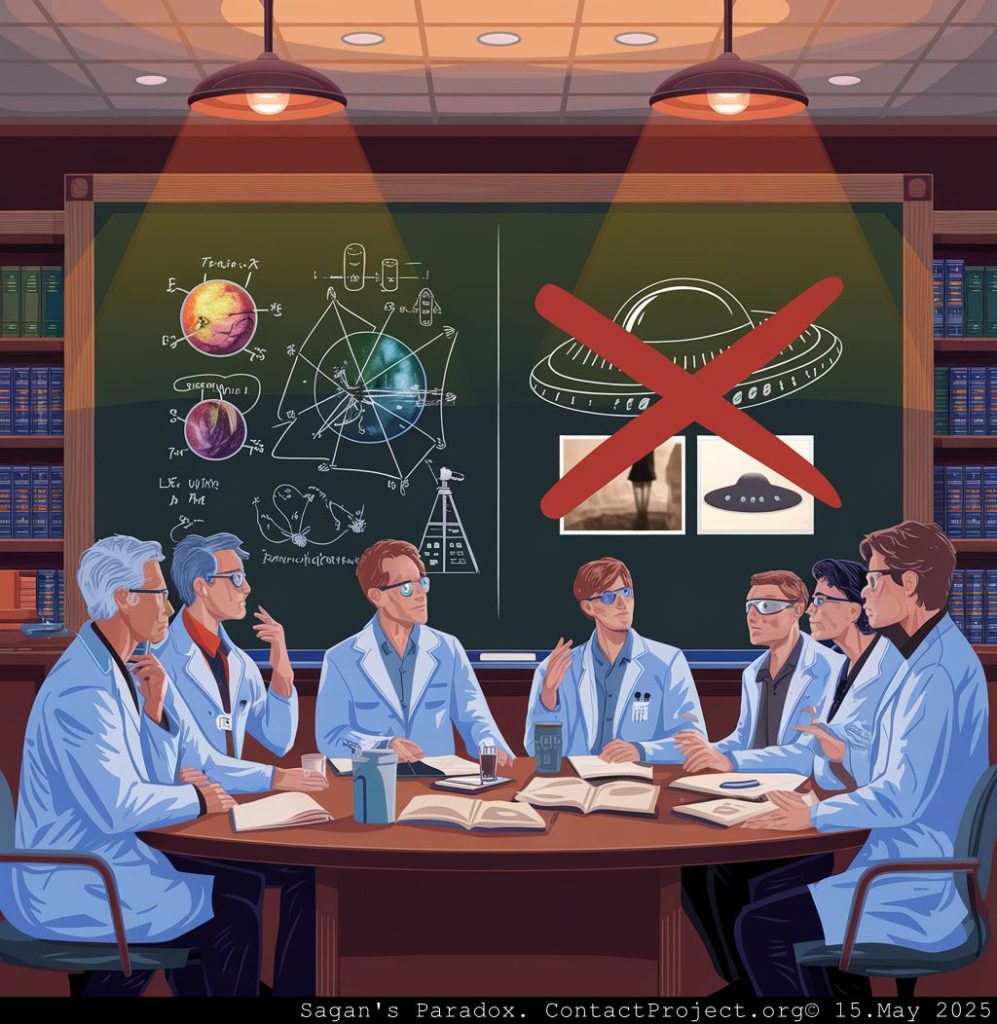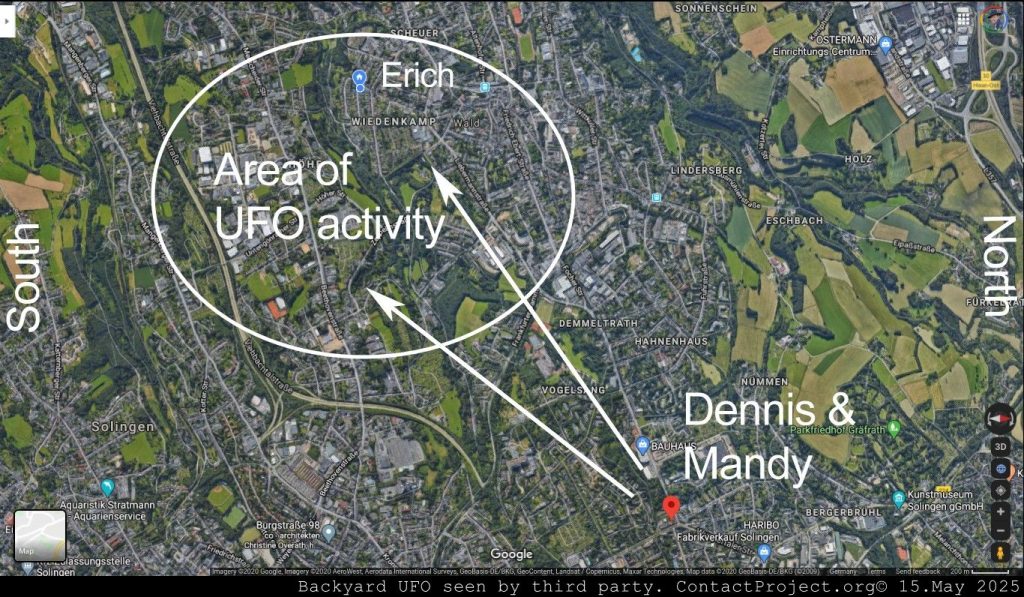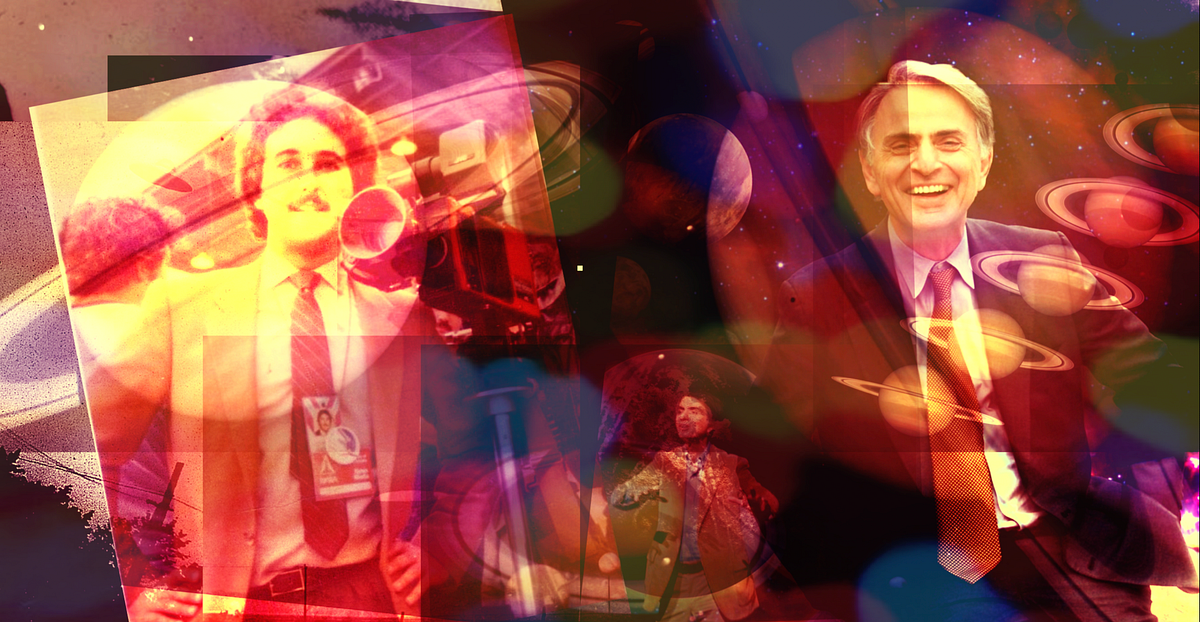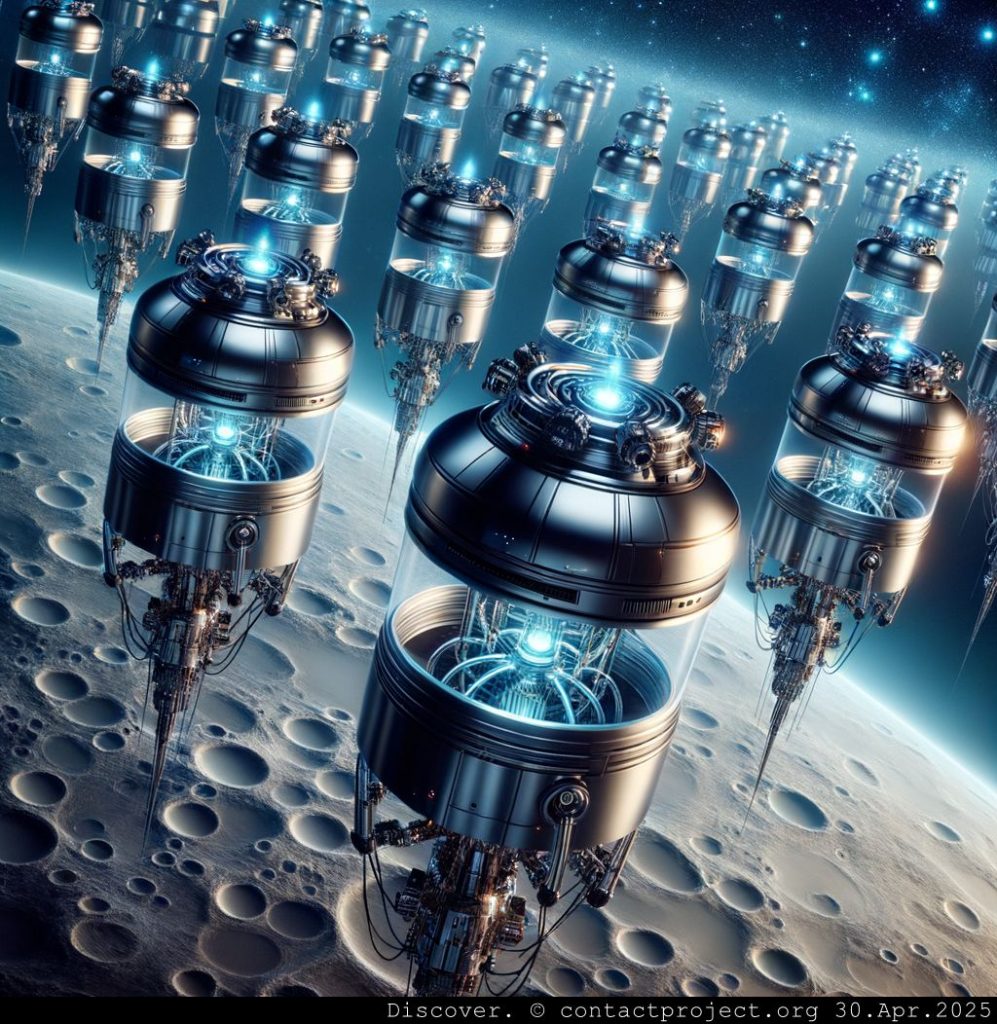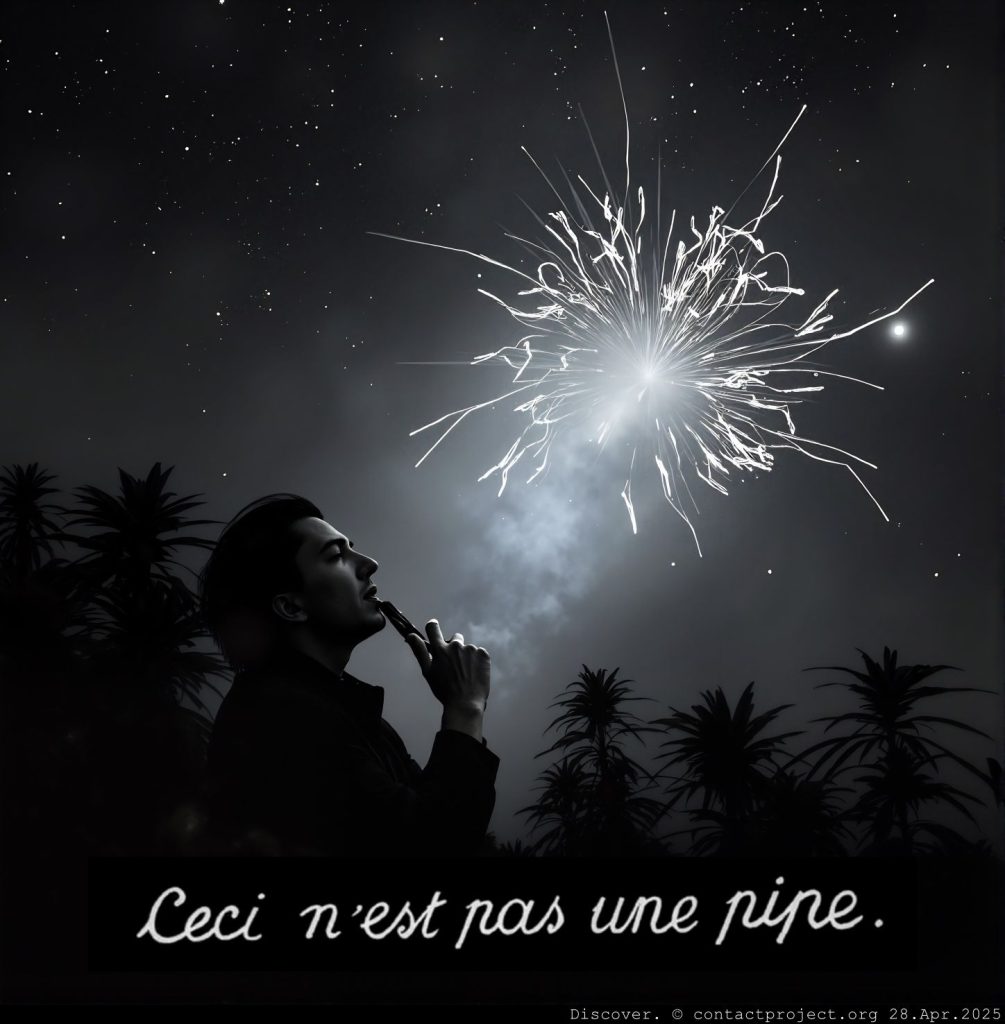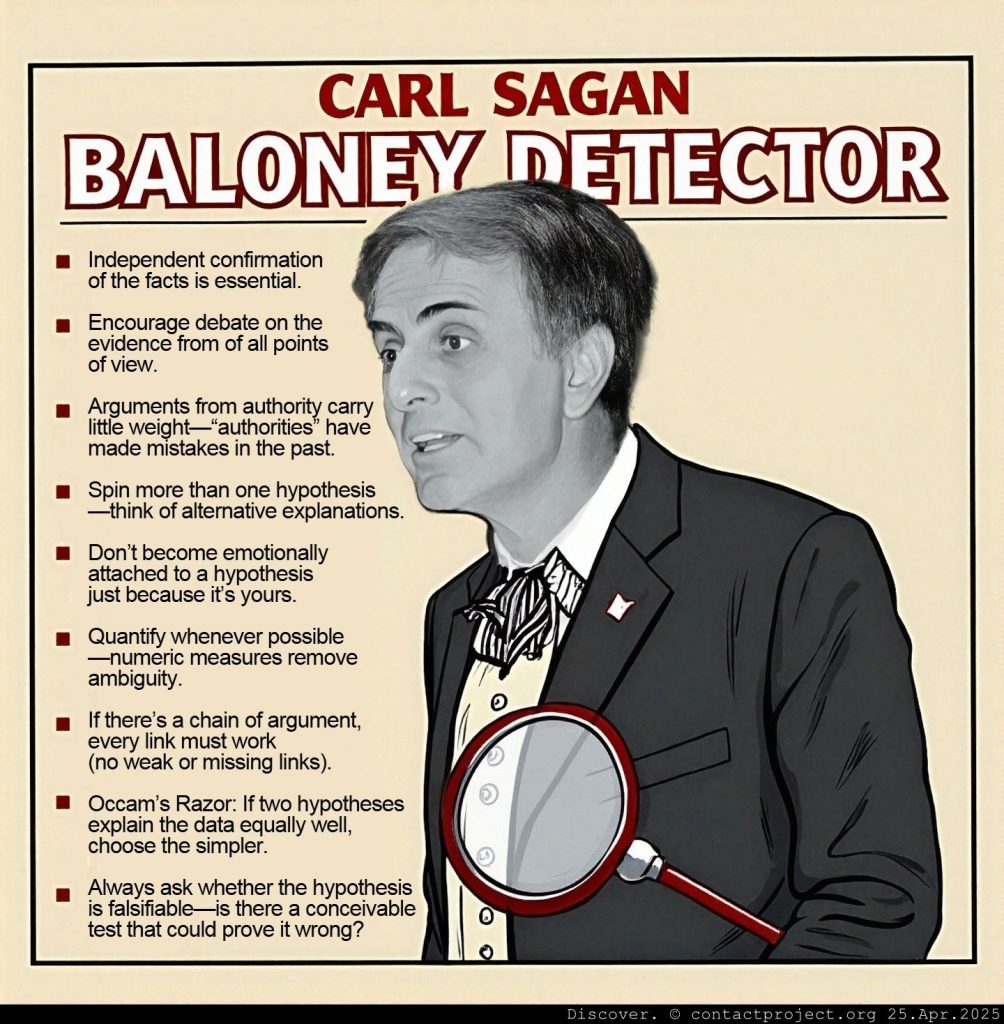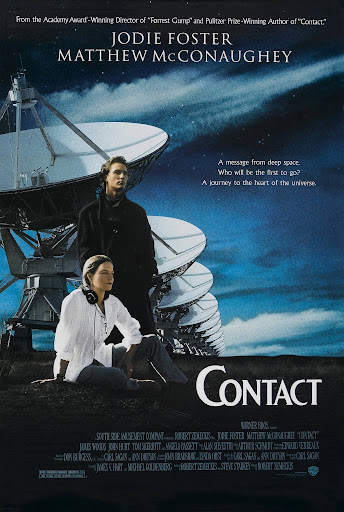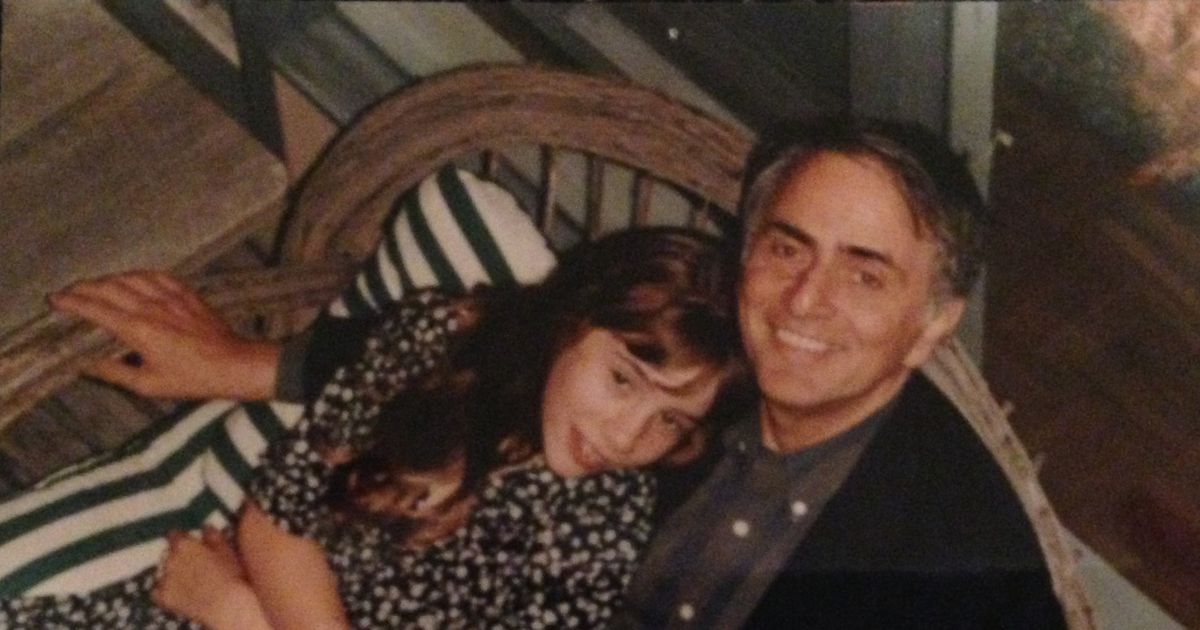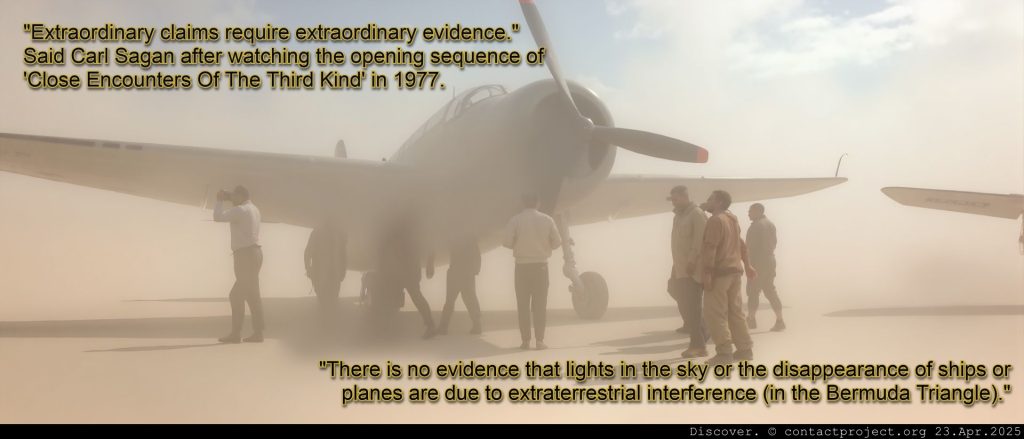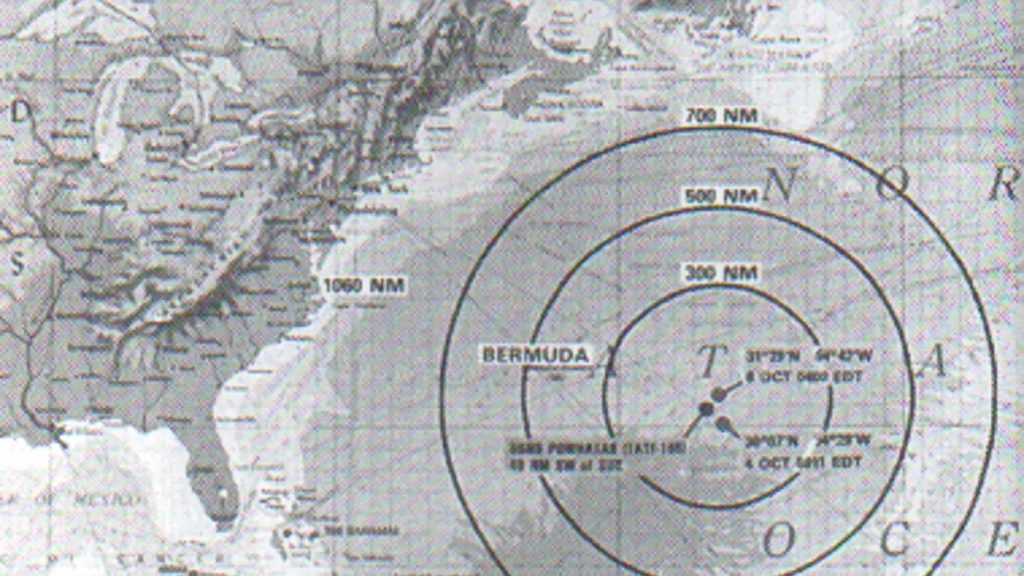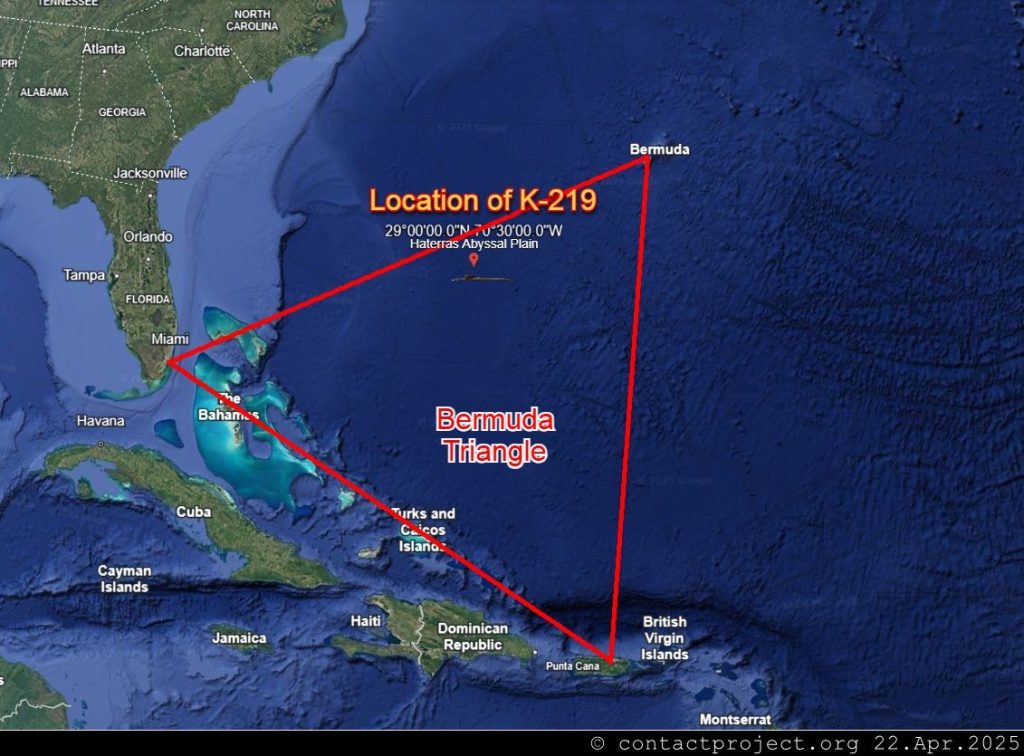CAUSE FOR OPTIMISM
For generations, the night sky was a canvas of glittering uncertainty. We gazed upon it, pondered our solitude, and whispered the profound question: Are we alone in the habitable universe? For decades, our answers were mere philosophical musings, tethered by limited data and a rather quaint, Earth-centric view of the cosmos. But that era is over. We stand at the precipice of a new understanding, a scientific awakening that paints a truly breathtaking picture of a universe teeming with possibility.

Decoding Destiny: Sagan and the Drake Equation’s Dawn
Once, the Drake Equation – our grand cosmic census – was a theoretical construct, its variables educated guesses in the twilight of astronomical knowledge. Carl Sagan first met Drake and his famous Equation in 1961—it constitutes a framework to estimate the number of communicative civilizations in the Milky Way. Sagan, then a young graduate student, became a lifelong advocate for the equation’s optimistic interpretations.
Sagan’s Vision Meets Silicon: Certainty Replaces Cosmic Guesses
Based on the Drake equation, Sagan postulated between 1,000 and 1,000,000 communicative civilizations in the Milky Way. Carl Sagan, a visionary, frequently referenced the Drake Equation in his work and often used the original 1961 estimates, peering through the cosmic fog. (But also updated the numbers as new data emerged.) But today, the fog has lifted. The digital revolution, coupled with an explosion in space-faring technology, has ushered in a golden age of discovery, transforming those guesses into empirical certainties.
Exoplanet Explosion: Planets are Everywhere!

Consider the sheer scale. In 1992, the very first exoplanet was found. It was a singular pearl in a cosmic oyster. Now, less than three decades later, missions like Kepler and TESS have opened the floodgates! We’ve tallied nearly 6,000 confirmed worlds (Reference) orbiting distant stars – each a potential cosmic frontier. This staggering avalanche of data tells us something profound: planets are not a rarity; they are the rule. The fraction of stars with planets (fp) is no longer a hopeful guess of 50%; it’s closer to 100%! Every star you see twinkling above likely harbors its own planetary system.
Cosmic Oases: Billions of Habitable Worlds Beckon
And within these systems, the number of potentially habitable worlds (ne) is far from a mere statistical blip. Our own Milky Way galaxy alone, that majestic spiral of stars we call home, is now estimated to contain 300 to 500 million potentially habitable planets (Reference). Multiply that by the latest, mind-bending estimate of 2 trillion (or 2000 billion) galaxies (Reference) in the observable universe, and you’re looking at hundreds of billions of billions of cosmic oases!
A Sextillion Planets: Life’s Galactic Revolution
300 to 500 million potentially habitable planets multiplied by 2 trillion galaxies amounts to 600 billion billion to 1000 billion billion habitable planets. In other words, there are 600 qintillion to 1 sextillion potentially habitable planets in the cosmos.
This isn’t just an increase; it’s a galactic revolution in our baseline understanding of where life could arise.
Beyond Homeworlds: Rethinking Civilization’s Lifespan
But here’s where the possibilities truly explode – the “L” factor, the length of time a civilization releases detectable signals. Early calculations often assumed that civilizations were tied to their home world, vulnerable to asteroid impacts, climate change, or even self-destruction. This would lead to a tragically short “L,” perhaps a few thousand years. But for a truly advanced civilization, one that masters stellar energies, perhaps even galactic resources, simply staying put on one fragile world is a cosmic folly.
Cosmic Nomads: Galactic Colonization Extends ‘L’

Frank Drake’s original formula makes no allowance for the ability of technological civilizations to colonize other planets or solar systems.
But as soon as another world is colonized, the chance of survival increases. Therefore far more older technical civilizations with space faring capability than Sagan originally assumed may exist.
A short critique of the Drake equation as commonly understood:
L – IS NOT simply the longevity of civilizations! Instead it’s the timespan that a civilization releases simple detectable signals. Earth itself has released easily detectable radio and TV signals for only 40 to 60 years before switching to spread spectrum digital communication, satellite, cable and internet. The signals that Earth is still leaking into space are random and repeating pings and blips from powerful radar, and unintelligible signals from digital sources that blend into the cosmic background noise (CMB).
Galactic Empires in a Blink: The Kardashev Scale Beckons
A civilization with space-faring capability, even one moving at a fraction of light speed, could colonize its entire galaxy in a mere 5 to 50 million years. In the cosmic timescale of billions of years, this is but the blink of an eye!
Colonization acts as a cosmic insurance policy, diversifying risk and extending the effective “lifetime” of a civilization from millennia to millions, even billions of years. This utterly transforms the “N” in the Drake Equation, suggesting a universe far more populated with ancient, thriving civilizations than we dared to dream. We’re talking about the emergence of Kardashev Type I, Type II, Type III and even Type IV civilizations – those that harness the power of their planet, their star, their galaxy or even the entire universe!
The Great Cosmic Silence: Unraveling the Fermi Paradox
Of course, the cosmic riddle persists: The Fermi Paradox. If the universe is so abundant with life, where is everybody? The silence, the eerie quiet of the cosmos, has led to theories like the “Great Filter” – a bottleneck that prevents life from reaching advanced stages, either in our past (making us incredibly rare) or, more ominously, in our future (a catastrophic universal speed bump). Or perhaps the “Rare Earth Hypothesis,” suggesting our planet’s specific conditions for complex life are extraordinarily unique.
Echoes of Advanced Life? Or a Cosmic Sanctuary Awaits?
But even these daunting questions now inspire a different kind of optimism. Perhaps the “Great Filter” lies behind us, making our existence all the more triumphant. Perhaps extraterrestrial civilizations are so vastly more advanced (Type III-IV) that their communications are simply beyond our current comprehension, a cosmic symphony we lack the instruments to hear.
And maybe the answer to the Fermi paradox is another: THE SANCTUARY HYPOTHESIS- coming soon.

The Quest Continues: A Universe Primed for Discovery
The search for ETI is no longer a fringe endeavor; it is a fundamental “market research” initiative into the ultimate cosmic landscape. The data is overwhelmingly in favor of abundance. The universe is a grand laboratory, a vast stage for the emergence of life and intelligence. And as we continue to unlock its secrets, each new discovery amplifies the profound conviction that we are not alone. The grandest adventure of all is just beginning.
“Billions and Billions”: The Catchphrase That Captured the Cosmos
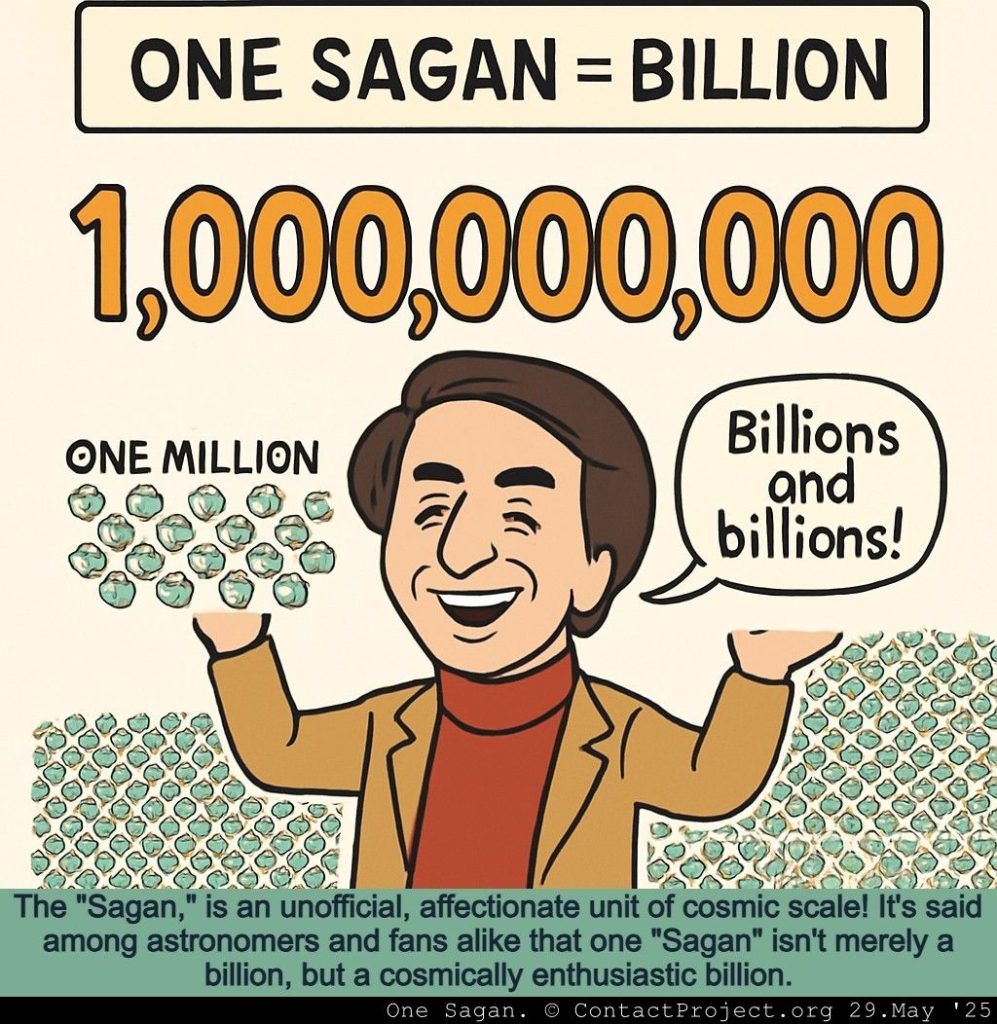
This parody was so pervasive and well-loved that it became the phrase most people associated with Sagan, even though he didn’t originally say it that way. Sagan himself acknowledged this humorous invention by Carson and even titled his final book, published posthumously in 1997, Billions and Billions: Thoughts on Life and Death at the Brink of the Millennium, playfully embracing the phrase that had become his popular legacy.

